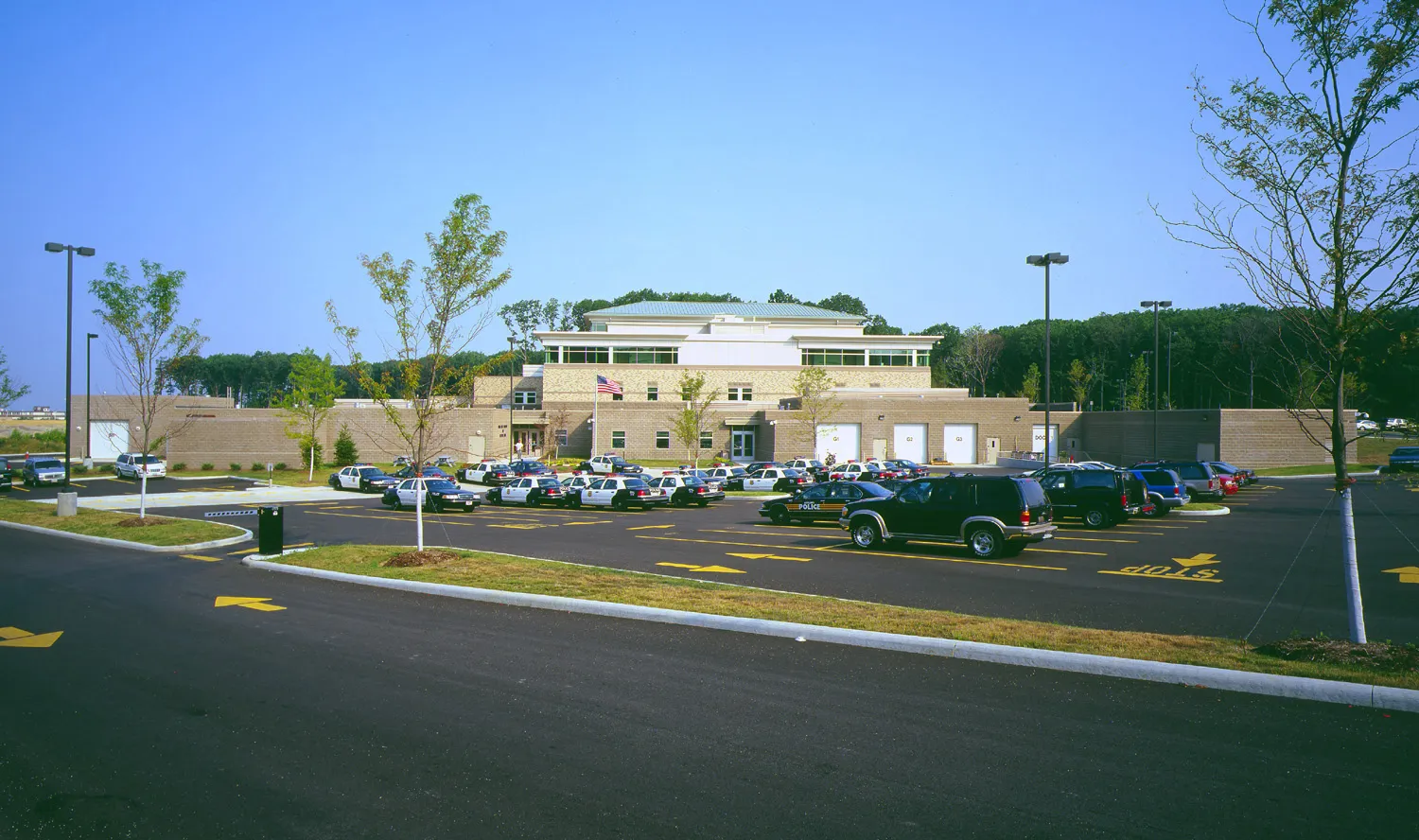The Justice Center in Parma, an architectural symbol of stability and legality, has actually been operating for a long time on the brink of failure. Built in the 1990s, it was considered a technical achievement for the city at the time; however, now it is an object where the same systems installed during the Clinton administration are still functioning. And now, when these systems are starting to literally leak and smoke, the city must invest in upgrades to avoid losing the heart of its law enforcement infrastructure.
In May, the city council approved expenditures of $257,000 for the replacement of one of the 18 HVAC units — a system that, according to officials, “has been operating with numerous interruptions for the last few years, basically hanging on by a thread.”
“This block is not just inefficient — it’s dead,” — stated police chief James I. Bler without emotion. — “We knew long ago that this would happen. And we knew it would be costly.”
The Cost of Decay: when an air conditioner becomes a symbol of systemic fatigue
The system to be replaced services not only offices and corridors. It provides climate control for two courtrooms, the police headquarters, archives, and the detective bureau — infrastructure that maintains order every day in the second-largest district of Kyaogoga.
“We had to set up a portable air conditioner, whose hoses pass through the window of my office,” — says Bler with a semi-ironic tone that barely masks deep disappointment.
Police commander George Balasco, who also oversees the management of the facility, explains: “There are numerous leaks in the heat exchangers, and electrical issues are a real nightmare. Instead of repairing — we’re actually forced to dismantle the entire setup with a crane. The cost of such a ‘repair’ — is already half the price of a new system.”
Financial Responsibility in the Age of Decay
Although some expenses (36%) are covered by judicial institutions, the main burden remains on the city budget. And this is just one item on a long list.
Last year, Parma spent nearly $860,000 on replacing the original roof, which had lasted over 25 years. Recently, a full parking lot reconstruction was completed, and now it’s the turn of infrastructure that is not immediately visible — but without which justice in the city will come to a halt.
Critical Infrastructure — on the Verge of Digital Security Breakdown
Another significant upgrade is a contract worth over $220,000 ($44,180 annually for five years) with DataServ Integrations for modernizing computer infrastructure: replacing outdated network switches and firewalls in the police, regional dispatch center, and Fire Station No. 3.
“These devices also date back to the nineties,” — comments Balasco. — “They’re not just old ‘boxes’. They are the backbone of our communication security. And when they stop receiving updates from the manufacturer, we become targets.”
Cybersecurity is not an abstraction for Parma but a daily reality. In conversations with The New York Times, city officials hinted that over the past few years, there has been an increase in unauthorized access attempts to the city’s internal systems.
New Roof — and New Ambitions
The infrastructure renovation is gradually expanding: plans include upgrading interior and exterior lighting, as well as completely replacing ceiling tiles that were partially damaged by roof leaks before they were fixed.
“We are trying to be as responsible as possible regarding taxpayers’ money,” — says Bler. — “But it’s time to take care of this building. We can no longer ignore its age.”
Justice Needs Not Only Judges — But Also a New Roof, Air Conditioner, and Cybersecurity
The story of the Parma Justice Center is not just a maintenance chronicle. It reflects a broader national problem: the aging of critical infrastructure, which has been neglected for decades.
In a country striving for digital transformation, the buildings that enforce the law often become vulnerable themselves. And when the office air conditioner for the chief police office is the only thing preventing the courtroom from turning into a greenhouse, it becomes clear: the time for upgrades has long since come.



